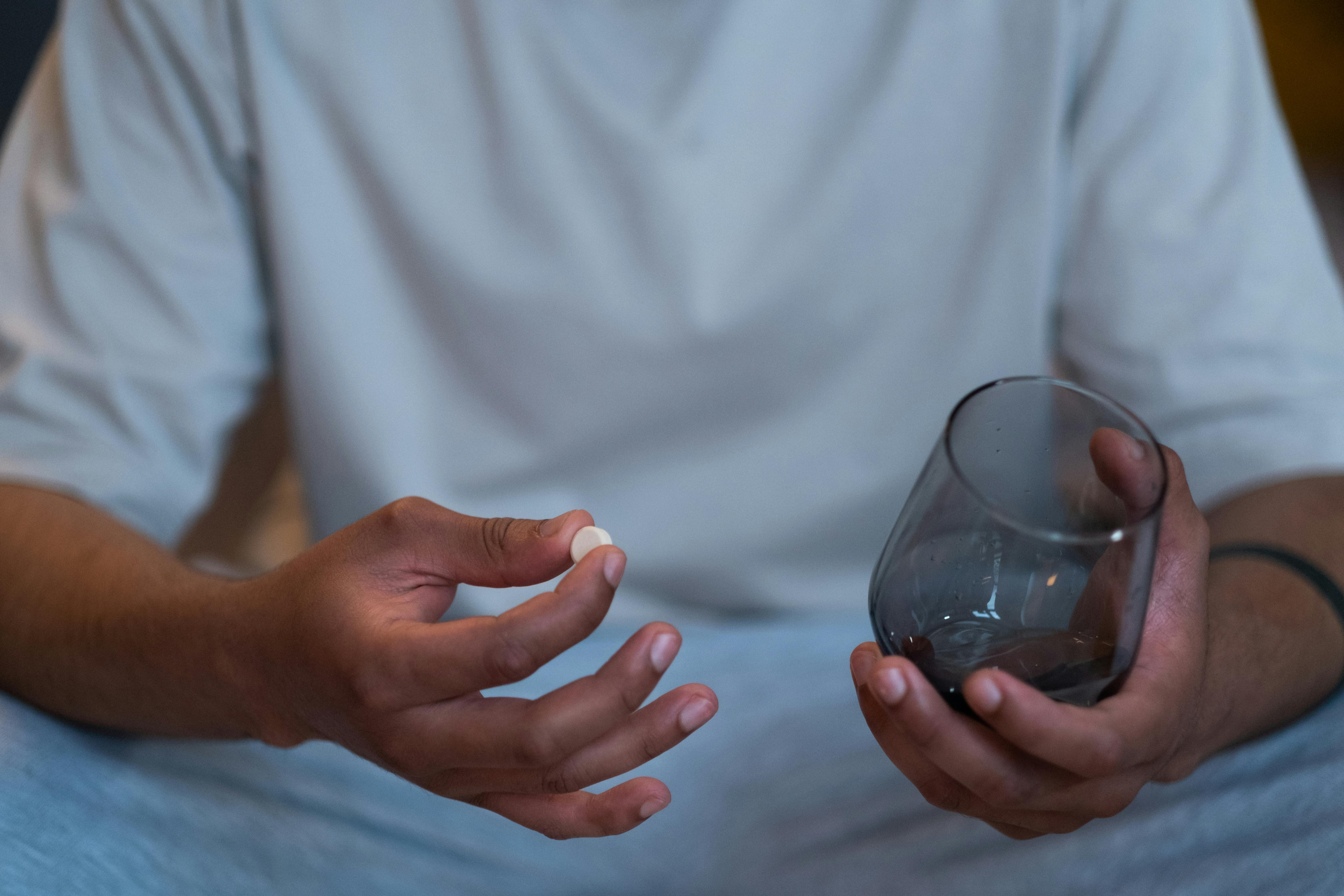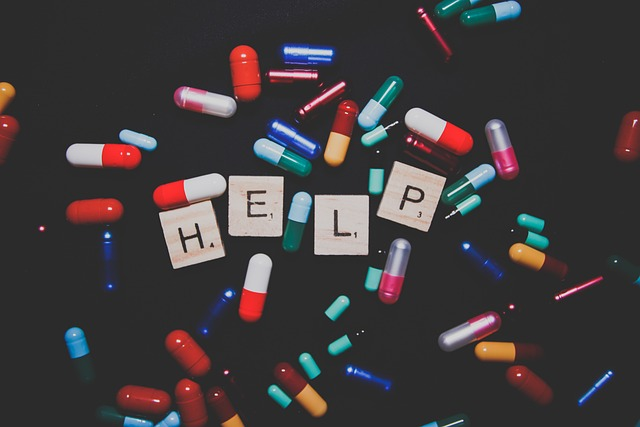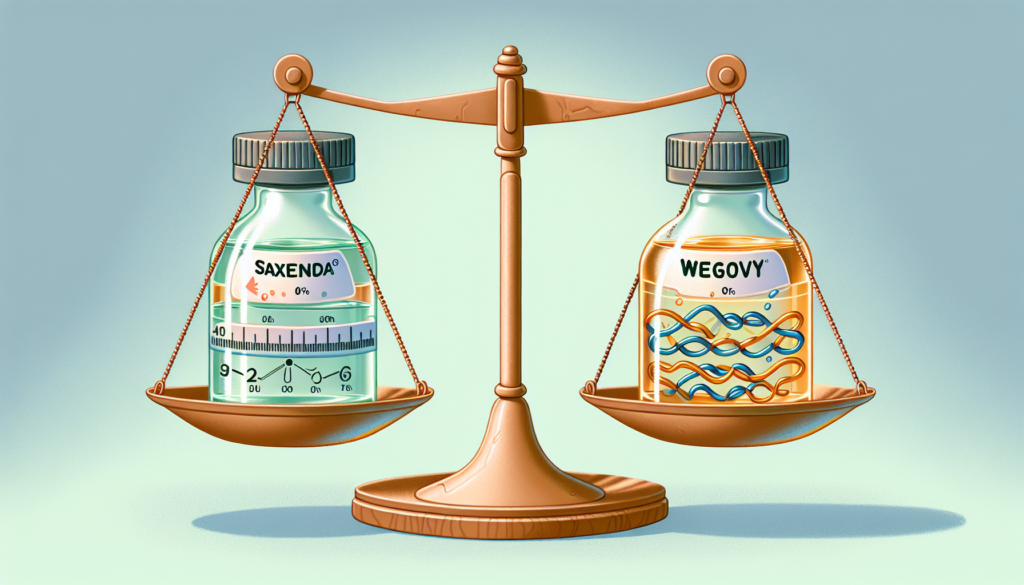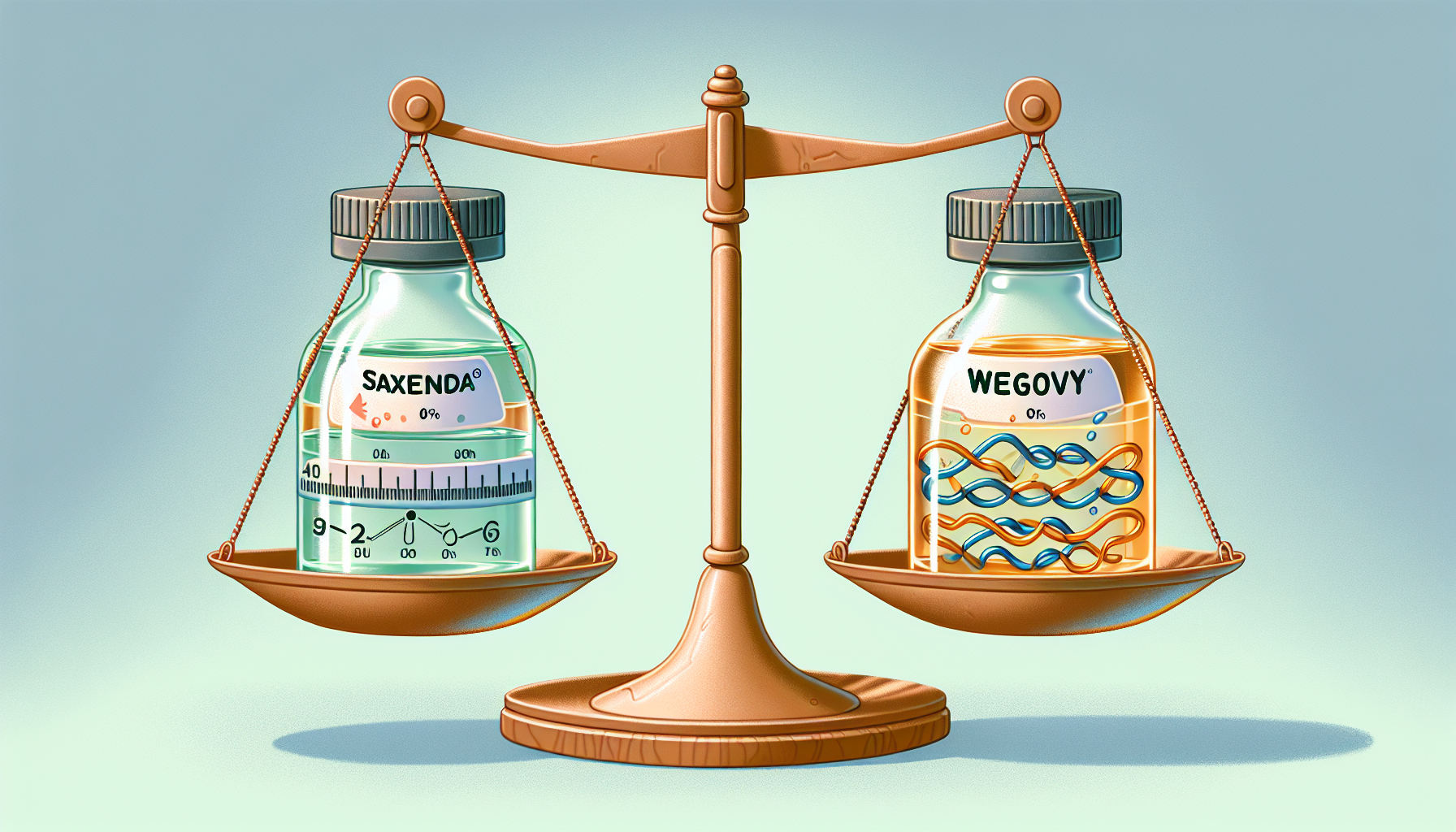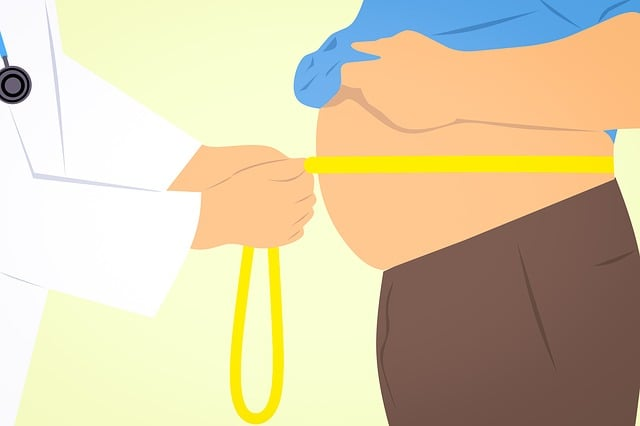Is Oxycodone the Same as Percocet? Exploring the Truth Behind Pain Medications
Is Oxycodone the Same as Percocet? Exploring the Truth Behind Pain Medications


Is oxycodone the same as Percocet? Are oxycodone and Percocet the same thing? Simply put, no. Oxycodone is an opioid used for severe pain relief, while Percocet combines oxycodone with acetaminophen for a two-pronged approach to managing pain. This article unpacks their distinctions, usage, and precautions to give you a clear understanding of both medications.
Key Takeaways
Oxycodone is a powerful opioid painkiller on its own, while Percocet is a combination of oxycodone and acetaminophen for enhanced pain relief, with different formulations tailored for immediate or extended relief.
Both oxycodone and Percocet have a high potential for abuse and dependency, requiring a doctor’s prescription and responsible use to manage pain effectively while minimizing risks, including severe side effects and liver damage from acetaminophen.
Addiction to opioids like oxycodone and Percocet is a chronic condition that requires lifelong management, with comprehensive treatment options that include medication-assisted therapies and psychosocial interventions.
Decoding the Pain Relief Puzzle: Oxycodone vs. Percocet

In the realm of pain management, oxycodone and Percocet stand out as potent options within the class of opioid drugs. As a standalone drug, oxycodone is an opioid medication that’s specifically indicated for the treatment of severe pain. Combining this with acetaminophen gives rise to Percocet, which augments its ability to alleviate pain. Both medications are dispensed in oral form. OxyContin represents a time-controlled variant of oxycodone designed for sustained effects.
The extent to which these opioids can quell pain hinges on their specific formulation and prescribed dose. Oxycodone’s controlled-release version aims at providing more durable relief from discomfort, minimizing the need for frequent doses among patients enduring persistent pains. Conversely, by merging the effects of both acetaminophen and oxycodone, Percocet offers a synergistic approach to managing long-term pain effectively.
The Role of Oxycodone in Pain Relief
Oxycodone is a narcotic painkiller that stands as an effective option for alleviating severe pain. As a robust opioid analgesic, its potent effects in mitigating pain persist for about 3-4 hours, aligning with the drug’s half-life.
Provided in two distinct formulations—immediate-release (IR) and controlled-release (CR)—oxycodone offers flexibility to meet diverse requirements for pain relief. This adaptability enables medical practitioners to devise individualized strategies in managing patients’ specific types of pain.
Percocet’s Dual Components for Pain Management
Percocet employs a two-pronged strategy to tackle pain by integrating oxycodone with acetaminophen. The significant opioid analgesic effects of oxycodone are harnessed in this combination, with available dosages ranging from 2.5 mg to 10 mg, and coupled with acetaminophen to boost the overall efficacy.
In Percocet’s formulation, the effect of the acetaminophen element persists for around three hours, providing patients prolonged relief from their discomfort. This concoction is designed to effectively soothe pain while also diminishing swelling, thereby delivering crucial relief for those grappling with persistent or intense pain over an extended period.
Understanding Prescription Requirements

Oxycodone and Percocet, while effective for pain relief, come with limitations. The Drug Enforcement Administration (DEA) lists them as Schedule II controlled substances, necessitating a prescription from a healthcare provider before they can be used legally. This designation reflects their high risk of abuse and dependency, emphasizing the need for careful medical monitoring and a legitimate prescription.
These narcotic drugs are frequently prescribed to manage intense acute pain. There’s often an incorrect belief that they’re necessary for treating all types of pain. Such misunderstandings may result in inappropriate use and ignore other viable non-narcotic options available to alleviate discomfort.
Comparing Side Effects: Oxycodone vs. Percocet

Both Oxycodone and Percocet may lead to adverse effects as they are with all medications. Individuals taking either of these drugs can expect to possibly encounter typical side effects such as:
Drowsiness
Lightheadedness
Nausea
Vomiting
Constipation
Dizziness
Due to its acetaminophen component, Percocet introduces an additional risk.
Should the consumption exceed the threshold of 4000 milligrams per day or if taken in amounts greater than recommended, acetaminophen within Percocet could precipitate severe liver damage. The risk for significant harm escalates markedly when misused by exceeding prescribed dosages. Indicators suggesting potential injury to the liver include:
Swelling or pain in the abdomen
Fatigue or weakness that is unexplained
Appetite loss
Continued nausea or vomiting
Urine that appears unusually dark
Jaundice manifested by yellowing eyes or skin
Immediate medical consultation is crucial upon noticing any such symptoms.
Indeed, owing to concerns about possible liver failure and injury stemming from acetaminophen use found in medications like Percocet, warnings have been issued by FDA authorities. Consequently, health professionals are encouraged only to prescribe combination medicines when absolutely necessary.
Beyond common reactions mentioned earlier, there exists a possibility for more grave consequences associated with using caffeine such as troubles urinating acute pains surfacing in the abdominal area and breathing difficulties while asleep.
The Risk of Addiction and Substance Use Disorder

Oxycodone, along with other opioid drugs, can become addictive and lead to use disorder and addiction if misused. Drugs containing oxycodone like OxyContin may be altered for quicker ingestion that produces a heroin-like high, thus increasing the propensity for addiction. Despite assumptions to the contrary, prescribed opioids such as oxycodone have an addiction potential similar to heroin due to their similar influence on brain chemistry.
Addiction to opioids is often mistakenly believed to hinge on personal willpower. It is actually a chronic disorder requiring ongoing comprehensive management throughout one’s life. It’s critical to understand that:
Oxycodone and Percocet pose significant risks of leading users into addiction
Suddenly halting consumption can provoke withdrawal symptoms
Prolonged usage could give rise to grave problems including overdose risk especially when misused or mixed with other substances
As of 2015, data indicated roughly 2 million people were eligible for an opioid use disorder diagnosis, which illustrates the widespread nature of this type of drug addiction.
The Financial Aspect of Pain Medication
The price of medications that require a prescription, including those used for managing pain such as oxycodone, has been on an upward trend, often surpassing inflation rates. This hike in prices can create a substantial economic strain for numerous individuals. Nevertheless, there are available resources designed to alleviate these expenses.
NiHowdy’s premier prescription discount card represents one such resource. It delivers the unique benefit of providing up to 3% back in Bitcoin with each purchase made using this card. Given the escalating healthcare costs, the financial returns from employing this discount card could become an invaluable advantage not just by yielding instant cost reductions but also by enhancing value over time—contributing towards mitigating considerable life-related outlays.
Navigating Safe Usage and Avoidance of Drug Interactions
When dealing with pain medications such as oxycodone, it is essential to follow the guidance provided by a healthcare professional meticulously. Those prescribed oxycodone or Percocet should not alter their dosage or how frequently they take the drug without consulting their doctor and must secure these drugs in an appropriate manner to avoid unintended use. Proper disposal of unused medication is important once treatment has concluded.
It’s equally vital for individuals taking oxycodone to refrain from mixing it with other substances that could result in harmful interactions. Patients using drugs like Percocet are advised against drinking alcohol or consuming any central nervous system depressants due to the risk of severe sedation or potentially deadly respiratory issues. The dangers associated with illicit drug usage during a course of oxycodone therapy can be significant, leading to perilous side effects and heightened risks.
Lastly, patients who have been prescribed extended-release tablets of this medication should not crush or chew them because doing so might cause a rapid release of its contents into the body, which greatly increases the likelihood of experiencing an overdose situation.
Addressing Common Misconceptions
There are several established misunderstandings surrounding the discussion on opioids. It’s often incorrectly assumed that opioid use disorders arise predominantly from the actions of unscrupulous drug manufacturers and healthcare providers. The truth is more complex, involving an interplay of various elements such as managing persistent pain, longstanding prejudices, and a deficit in viable addiction treatment options.
A widespread but inaccurate belief is that prescriptions for chronic pain are primarily to blame for addiction issues, while failing to recognize that many individuals with chronic pain have histories of using opioids nonmedically before receiving prescriptions. There’s also a common yet erroneous notion suggesting most patients treated with opioids for acute pain from conditions like surgeries, burn injuries or sickle cell disease inevitably develop opioid use disorders. Research suggests this outcome is actually uncommon.
The misconception persists that addiction reflects personal moral weakness rather than acknowledging its genetic and neurological underpinnings. Similarly misleading is the idea that abstaining completely represents the best approach to treating opioid use disorder—this overlooks both the recurrent nature of the disorder and how medication-supported therapies can be effective treatments.
Impact on Family Members and Community
The repercussions of substance use disorders, especially opioid addiction, extend far beyond the individual who is using. Families affected by such issues often suffer from:
A breakdown in familial bonds
Emotional and conduct-related problems
Financial strain
Legal complications
Psychological anguish
-Situations involving violence
For offspring within these families, they may face considerable obstacles.
Substance use disorders among parents can hinder their ability to create a consistent and supportive environment crucial for their children’s optimal growth. As a result, kids might prematurely assume roles meant for adults, leading to developmental needs that remain unaddressed. With increasing instances of opioid misuse among teens as well as older adults over sixty years old, there’s an evident necessity for expanded communal cognizance along with mental health services administration intervention to combat physical dependency on substances.
Treatment Options for Opioid Drug Complications
An integrated method of treatment that combines both psychological support and medical intervention is crucial for addressing complications arising from the use of opioids. The initial step in this process involves managing opioid withdrawal, which aims to mitigate symptoms emerging from stopping or cutting back on opioid usage. A range of medications including clonidine, buprenorphine, and methadone has been shown to be effective for relieving moderate to severe symptoms associated with opioid withdrawal.
For individuals experiencing these withdrawal symptoms, it’s important that their care is tailored using assessment tools like the Short Opioid Withdrawal Scale (SOWS) so that their specific needs are met during treatment. Beyond medicinal approaches, incorporating psychosocial measures such as therapy sessions and behavioral treatments plays an indispensable role in diminishing the likelihood of a relapse once management of withdrawals is complete.
Approaches to treatment involving family can lead to more successful outcomes when dealing with substance use disorders since they take into account how familial relationships impact rehabilitation efforts.
Summary
In this comprehensive examination, we have thoroughly investigated the distinctions and resemblances of oxycodone, percocet, and OxyContin, as well as their potential hazards and advantages. We’ve examined the complexities of responsible usage including the necessity for prescriptions, prevalent misunderstandings about these drugs, along with how abuse can affect families and communities negatively. It’s critical to both recognize that while these medications are vital for pain management in patients who need them, there exists a significant risk factor. Thus adherence to prescribed amounts and timing is essential.
To sum up our exploration into the arena of pain relief through medication: it is intricate with many layers involved—from grasping how these drugs function within pain management strategies all the way down to handling financial implications avoiding harmful misuse every aspect demands vigilant thoughtfulness plus enlightened choices. By equipping oneself with proper knowledge alongside support mechanisms one can steer through terrain safely and effectively.
Frequently Asked Questions
What is the difference between oxycodone, Percocet, and OxyContin?
OxyContin serves as a time-release version of oxycodone for pain management, while Percocet enhances the pain relief effects by combining oxycodone with acetaminophen. On its own, oxycodone is also utilized to alleviate pain.
What are the side effects of oxycodone and Percocet?
Oxycodone and Percocet can frequently cause side effects such as dizziness, drowsiness, lightheadedness, along with nausea and vomiting. Constipation is also a common adverse effect. If one consumes too much Percocet, it may result in severe damage to the liver.
It is critical to adhere strictly to the prescribed dosages of these medications in order to avoid harmful consequences.
Are oxycodone and Percocet addictive?
Yes, both oxycodone and Percocet are highly addictive, particularly with prolonged use or misuse.
Be cautious if you are prescribed these medications.
How can I offset the rising costs of these medications?
By utilizing NiHowdy’s prescription discount card, you have the opportunity to mitigate the escalating prices of medication. Each purchase made with this card not only offers a discount but also rewards you with up to an extra 3% in Bitcoin.
Employing this approach can lead to significant savings on your medication costs over time.
What is the safest way to use these medications?
For safe use of these medications, adhere closely to the instructions given by your healthcare provider. Precise dosing is critical, as is secure storage of the medication and steering clear of any substances that might have adverse interactions with it.
Is Oxycodone the Same as Percocet? Exploring the Truth Behind Pain Medications Read More »


